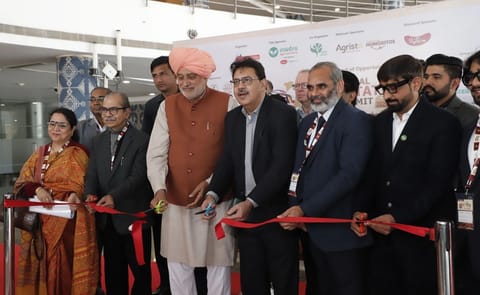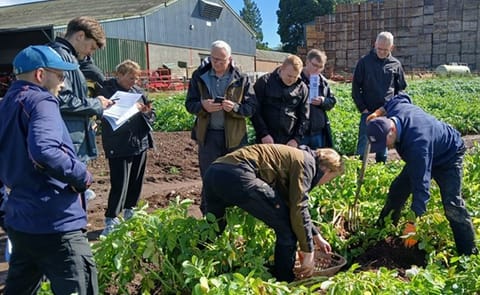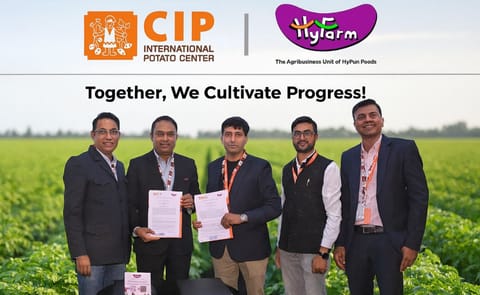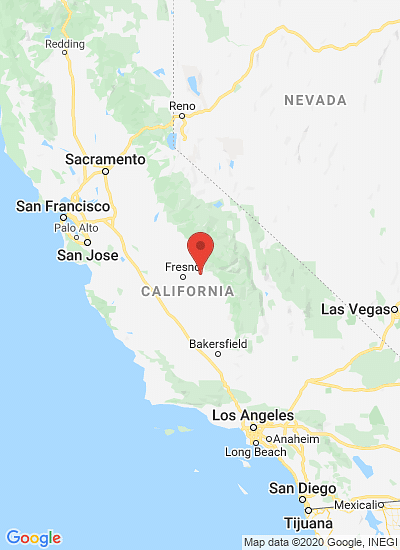Adam Jozwiak, UCR molecular biochemist, Lead study author
Researchers identify biosynthetic pathway of GlycoAlkaloid formation in potato

Scientists have discovered a way to remove toxic compounds from potatoes, making them safer to eat and easier to store. The breakthrough could cut food waste and enhance crop farming in space and other extreme environments.
Potato plants naturally produce chemicals that protect them from insects. The chemicals, called steroidal glycoalkaloids, or SGAs, are found in high quantities in the green parts of potato peels, and in the sprouting areas. They render the potatoes unsafe for insects as well as humans.
Adam Jozwiak, a UC Riverside molecular biochemist who led the study:
"These compounds are critical for plants to ward off insects, but they make certain parts of these crops inedible. Now that we’ve uncovered the biosynthetic pathway, we can potentially create plants that produce these compounds only in the leaves while keeping the edible parts safe."
Sunlight can induce the production of SGAs in potato "tubers" — the part of the potato plant that is eaten — even after they’ve been harvested. By identifying a key genetic mechanism in SGA production, researchers may be able reduce potatoes’ toxicity while preserving the plants' natural defenses. Taking SGA out of potatoes will also make them easier to store and transport in open air.
The research, published in Science, focuses on a protein dubbed "GAME15," which plays a key role in directing the plant's production of SGAs. This protein acts both as an enzyme and a scaffold, organizing other enzymes into a "conversion factory" that efficiently produce SGAs while preventing toxic compounds from leaking into other parts of plant cells, where they would wreak havoc.
Tomatoes also produce SGAs, primarily in the green, unripe fruit, as well as in the leaves, stems, and roots of the plants. When the researchers silenced the GAME15 gene in tomatoes, they eliminated SGA production but also made the plants highly susceptible to pests. By engineering plants to control when and where SGAs are produced, for example, in the leaves but not the potatoes themselves, the researchers envision crops that can be stored without the risk of toxicity from sunlight exposure.
Adam Jozwiak:
"You could store the potatoes in your kitchen and not worry about exposure to sun, which makes them produce more SGAs. And then you could eat them whenever you want, reducing food waste."
Additionally, the findings could enable the use of other plant parts, such as leaves, for food in limited-space environments like space missions or vertical farming systems.
Adam Jozwiak:
"For space farming, where every part of a plant may need to be edible, these findings are especially promising."
The team achieved these insights by initially recreating the SGA production process in tobacco plants. Surprisingly, they found that during evolution the process redirected protein from the plasma membrane or Golgi apparatus, which is responsible for the production of cell wall components crucial for cell growth, to the endoplasmic reticulum, a part of the cell where toxin production begins.
Adam Jozwiak:
"Essentially, the plant borrows from itself to create GAME15. We did not expect to find the plant hijacking protein it needs for the production of cell walls."
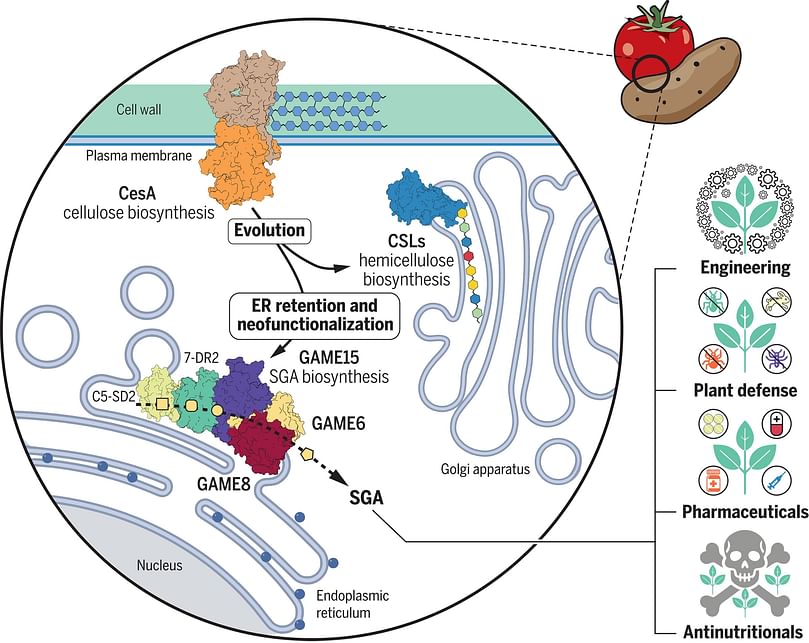
Evolutionary rewiring of GAME15 anchors SGA biosynthesis to the ER for enhanced plant defense
Green, unripe fruit may be toxic, but these molecules convert to something edible during ripening. By limiting SGAs to non-edible parts of plants, farmers and consumers alike could benefit from safer, more versatile crops.
Adam Jozwiak:
"Our work demonstrates that plants have evolved ingenious ways to balance growth, reproduction, and defense. Understanding these systems allows us to redesign crops to meet modern needs without compromising their ability to thrive."
This research was a highly collaborative effort involving researchers from the Weizmann Institute of Science in Israel, as well as Kobe University, the RIKEN Center for Sustainable Resource Science, and Osaka University in Japan. The group’s findings not only hold the promise of healthier food but also represent a leap forward in sustainable agriculture and space exploration.
Adam Jozwiak:
"We’re thrilled about the potential of this discovery. It’s exciting to think about how we can now significantly extend the shelf life of crops like potatoes and reduce food waste on Earth and beyond."


